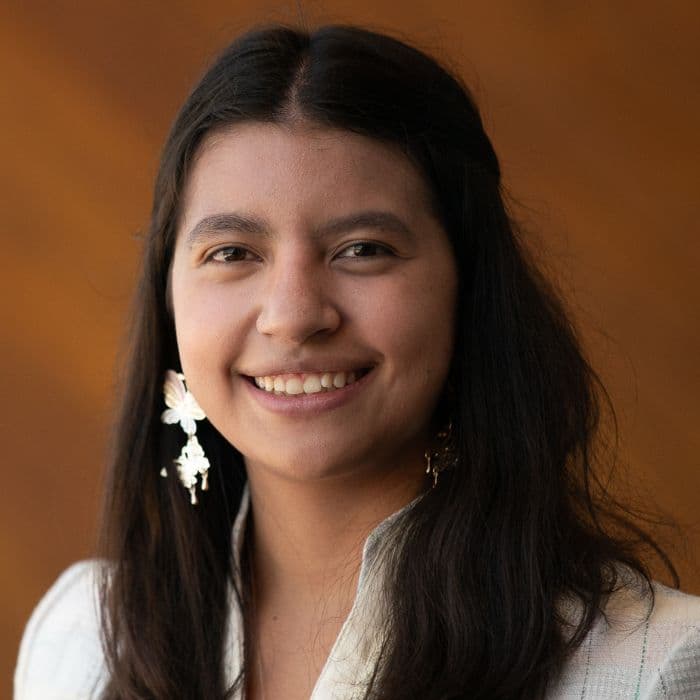
Colorado has launched a new rent relief program that will pay up to $10,000 to households facing eviction.
But renters hoping to get that help will have only a limited time to apply, with applications for the initial round of help closing on the evening of Feb. 20. The state expects that it will only have enough money to help a portion of those who request it.
And even for those lucky enough to get the grants, it could take a month or longer to receive the money.
Who qualifies for Colorado’s Temporary Rental Assistance Grants?
To qualify for the program, you must meet all of the following requirements:
- You must live in Colorado and have a valid rental lease.
- You must make 80 percent or less of the median income for your area. In Denver, for example, that’s a maximum of $85,200 for a family of three. (Use the calculator here to look up the 80% limit for your county and family size.)
- You must be behind on rent payments.
- You must have a document from your landlord demanding rent payment, which could include a notice of eviction, a notice of non-payment, a notice to quit, documentation related to landlord-tenant mediation, or a court summons. (See here for examples.)
- You must not have another source of money with which to pay rent.
- You must have experienced a “substantial life” event that has affected your ability to pay rent, including events related to mental and physical health; a loss or decrease of income; a death in the family; needing to leave your home due to domestic abuse or; a “substantial unexpected expense.”
- You must not have received aid from an emergency rental assistance program within the last 12 months.
- You can only apply for yourself; landlords cannot apply on behalf of tenants.
- The funding is only available to pay rent at your primary residence.
How do I apply for rental assistance?
The state will open applications for the program once a month, on the 15th, for a six-day period. The first round was opened on Feb. 15 and closes at 5 p.m. on Feb. 20.
Here’s how it works:
- Everyone seeking a grant must file a pre-application before the close of business on Feb. 20. The pre-application website is here.
- Next, the state holds a lottery with all the pre-applicants. The winners of the lottery receive an invitation to fill out a longer application, which they must do within a week.
- After the full applications are filed, it could take four weeks for final approvals, plus another one or two weeks for payment.
- The maximum grant is five months of rent or $10,000, whichever is less. The money is paid directly to the landlord.
More information is available, including in Spanish, at the website of the Department of Local Affairs.
How long will the program run?
The new rental assistance program was created by lawmakers in their special session last year, although the state offered similar relief earlier in the pandemic.
The current program will run until its $30 million in funding is exhausted, unless the state provides more money. More than 5,000 households faced eviction in Colorado this January, and more than 60,000 may be behind on rent, according to a recent U.S. Census survey — so, the state expects demand will be high.
The money must be spent by June 30 under current law. The state will hold monthly lotteries to disburse the money, but it also could run out of money earlier than June.
Rep. Javier Mabrey, a Democrat, called on the state’s budget writers to find more money for the program.
“This should absolutely be a permanent program,” he said. “We’ve seen over the last few years how [rental assistance] has created stability for Colorado renters.”
Sen. Barbara Kirkmeyer, a Republican, said it would be tough to find the money to do so. Roughly half of the $30 million relief fund came from federal dollars, which aren’t available going forward, she said.
“At this point, I don't really see or know where we would get funds to provide for additional emergency rental assistance after June 30, because that would mean general fund monies, and we're really very tight on the general fund monies at this point,” Kirkmeyer said.
The state legislature has a relatively small amount of money to spend on new programs this year. While revenues are growing, the new money has been eaten up by inflation, previously authorized spending and the requirement to pay billions in TABOR refunds.
Gov. Jared Polis’ initial budget proposal did not include any new money for the rental relief program in the next budget year, and it left only about $15 million for the legislature to spend, though state lawmakers could also modify his request to find more to spend.
Kirkmeyer said she’s focused on coming up with more money for higher education, public schools, and the rates paid to Medicaid providers.Polis’ budget proposal noted that more funding for rental relief could come in the future from Prop. 123, a voter-approved measure that will provide hundreds of millions of dollars for public housing programs.









